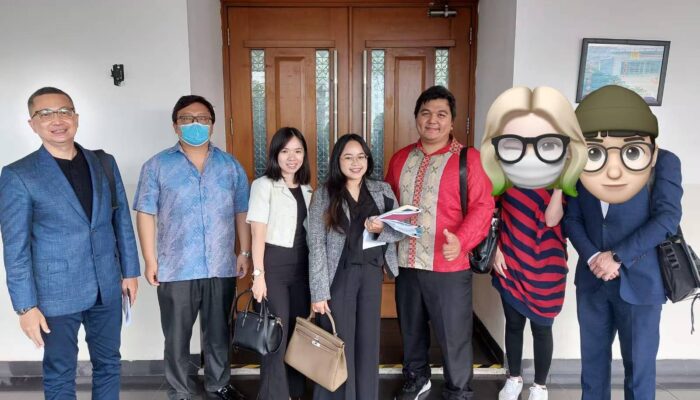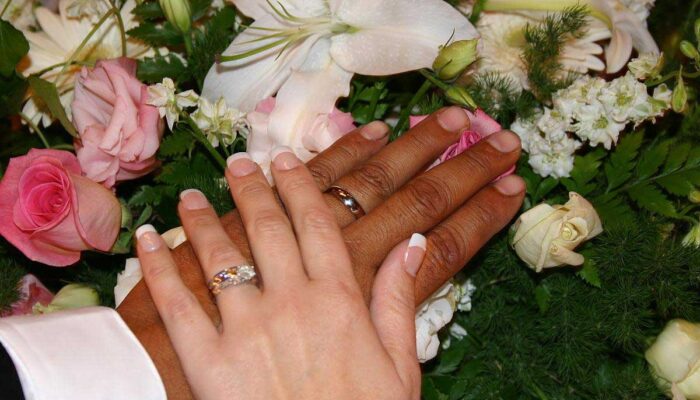In recent years, the Indonesian public has become increasingly familiar with the term futures or futures trading. Some regard it as a modern investment instrument, others as a shortcut to getting rich. Many first hear of it through offers from friends or advertisements on social media. Yet, behind its alluring image, there are many bitter stories. One of them comes from the case of PT U—a futures brokerage company that once operated legally but was eventually frozen by the Commodity Futures Trading Supervisory Agency (Bappebti) and went into liquidation.
Many people felt deceived, lost their savings, and even suffered stress because their funds disappeared just like that. This article is not intended to discredit anyone. On the contrary, it seeks to draw lessons from the PT U case to educate the public: what futures are, how to protect oneself from risk, and what can be done if one has already become a victim.
WHAT ARE FUTURES AND WHY ARE THEY HIGH-RISK?
In simple terms, futures are trading contracts that promise the purchase or sale of a commodity or financial instrument in the future at a price determined today. In Indonesia, futures are regulated by Law No. 32 of 1997 on Commodity Futures Trading, as amended by Law No. 10 of 2011. Bappebti is the authority entrusted with supervision, similar to the Financial Services Authority (OJK) in the financial sector. Futures brokerage firms must be registered and officially licensed by Bappebti.
However, it is important to understand: futures are not savings, not deposits, and not fixed-interest investments. They are high-risk, high-return instruments. This means there is a chance of profit, but also a substantial risk of loss. Therefore, it is misleading when anyone promises guaranteed returns or “certain profits.”
LESSONS FROM THE PT U CASE
The PT U case provides a valuable lesson. Many customers deposited funds not through official mechanisms but via certain individuals’ accounts or under schemes claiming to be “more profitable.” Most also failed to sign the standard documents required by Bappebti. As a result, when PT U entered liquidation, many customers were not recognized as official clients. Their claims were rejected because, under the law, only funds deposited into official segregated accounts were protected.
What is a segregated account?
According to Bappebti Regulation No. 5 of 2018, every customer must have a separate account (segregated account). Customer funds must not be mixed with the company’s operational funds. The principle is similar to an escrow account: money can only be used for legitimate and recorded transactions. Unfortunately, the public’s lack of knowledge was exploited. In the end, when the company shut down, funds deposited outside official mechanisms were deemed non-existent in the system.
REAL RISKS FACING CUSTOMERS
The PT U case highlights several fatal risks that can befall the public:
Loss of Claim Rights
Funds not deposited into segregated accounts are automatically unrecognized. Thus, even with transfer receipts, the customer’s legal position is weak.Total Financial Loss
Many victims lost their entire capital, often money earned through years of hard work.Difficulty in Suing Management
Without official documents, it is very difficult to bring a case to court. Personal transfer records are often deemed insufficient.Psychological Trauma
Many victims became reluctant to invest again and even suffered mental distress from feeling defrauded.
HOW TO PROTECT YOURSELF?
To avoid falling into the trap, the public should take the following preventive steps:
Check Legality
Ensure that the futures brokerage company is truly registered on Bappebti’s official website. Do not rely solely on brochures or testimonials.Use a Segregated Account
Never deposit money into an individual’s personal account. Request that a segregated account be opened in your name, in compliance with regulations.Sign Standard Documents
Pursuant to Bappebti Regulation No. 4 of 2020, every customer must sign standard agreements. These documents are the primary legal basis in case of disputes.Avoid Promises of Fixed Returns
Remember: futures are speculative instruments. If someone promises “guaranteed profits,” it is a red flag.Report Irregularities
If you find indications of violations, report them immediately to Bappebti or the police.
PUBLIC EDUCATION AS THE MAIN DEFENSE
Legal protection alone is not enough if the public does not understand the risks. Therefore, public education is crucial. Several measures can be taken:
Financial Literacy from an Early Age
The public must understand that investing is different from saving. Investment always carries risk.More Aggressive Regulatory Campaigns
Bappebti should not only publish the list of licensed companies but also actively educate the public on fraudulent schemes.Product Transparency
Brokerage firms must explain risks in plain language, not just technical figures.Collaboration with Academics and Lawyers
Universities, law firms, and professional associations can create educational modules for the public.Early Warning System
Indonesia can follow other countries that publish early warning lists of problematic companies to increase public vigilance.
With consistent education, people will not only be more discerning in choosing investments but also more resilient against fraudulent persuasion.
IF YOU ARE ALREADY A VICTIM, WHAT CAN BE DONE?
For those who have already suffered losses, there are still legal avenues, although not easy:
Civil Claim for Unlawful Acts (Tort)
Based on Article 1365 of the Civil Code. If negligence or unlawful conduct by company management can be proven, customers can claim damages.Claim of Abuse of Circumstances
In some cases, judges may consider that customers were deceived because their ignorance was exploited. This doctrine is recognized in civil law practice, though not always easy to prove.Criminal Report
If fraud or embezzlement is suspected, victims may report under Article 378 of the Criminal Code (fraud) or Article 372 of the Criminal Code (embezzlement).Class Action
If there are many victims, a class action lawsuit can be pursued to strengthen legal standing.
Although results do not always guarantee the recovery of funds, legal action is important as a form of resistance so that perpetrators do not walk free.
REFLECTIONS FROM THE PT U CASE
The PT U case reveals two sides. On the one hand, regulations are already fairly robust, such as the requirement for segregated accounts and Bappebti’s supervision. On the other hand, there remain major gaps because the public is undisciplined and easily lured by sweet promises.
Therefore, the PT U case should serve as a mirror. We cannot only blame regulators or companies. Customers too have a duty to be critical, cautious, and compliant with procedures.
CONCLUSION
Futures trading is legal in Indonesia and can serve as a legitimate investment instrument. But legality alone is not enough. Risks always exist and can be fatal if the public is undisciplined.
From the PT U case, three key messages emerge:
Prevention is cheaper than cure. Do not be tempted by sweet promises; always check legality and use segregated accounts.
Public education must be strengthened. Only with proper financial literacy can society resist fraudulent schemes.
Do not remain silent if harmed. Pursue legal avenues: tort claims, abuse of circumstances, criminal reports, or class actions.
With the right understanding, we can turn the PT U case into a valuable lesson so that both Indonesians and the international community are better protected in the future.
Futures are not to be feared, but neither should they become a trap. It all comes down to legal discipline and our collective awareness.







